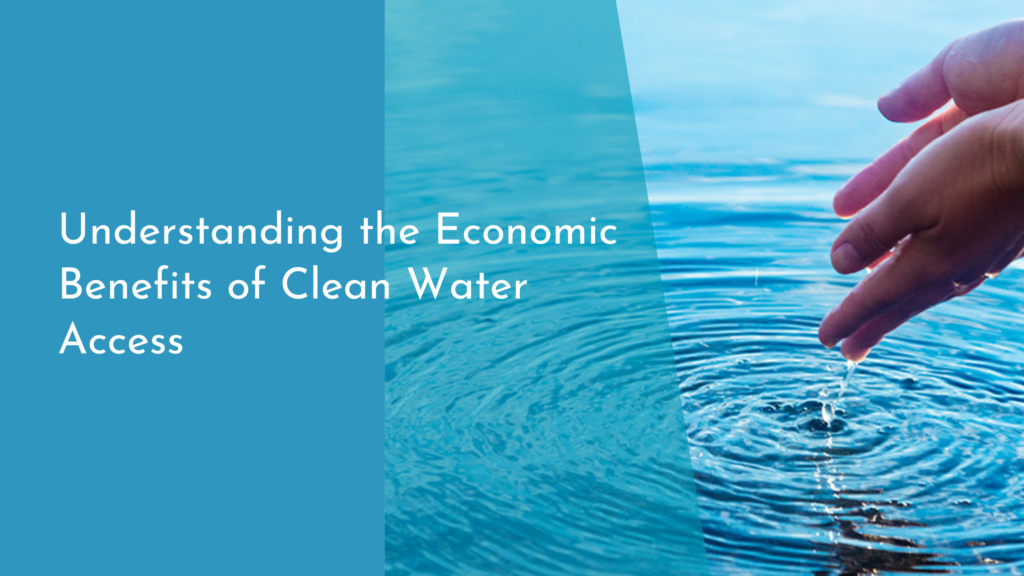How biodegradable marine nets reduce fishing waste
Fishing is an age-old practice that sustains billions of people worldwide, providing food, livelihoods, and cultural heritage. However, the consequences of modern fishing methods have led to alarming levels of waste, particularly with traditional fishing gear. Discarded nets and lines, often made from non-biodegradable materials, pose a significant threat to marine life and ecosystems. The introduction of biodegradable marine nets presents a promising solution to this pressing issue, offering a way to reduce fishing waste while promoting sustainable practices. Let’s delve into the impact of fishing waste, the innovative biodegradable solutions on the market, and the benefits of adopting these eco-friendly alternatives.
Understanding the Problem: Fishing Waste and Its Impact
Fishing waste is a multifaceted issue that encompasses not just the discarded gear, but also the larger environmental ramifications that come with it. Traditional fishing nets, often made from synthetic materials like nylon and polypropylene, can take hundreds of years to decompose. During this time, they contribute to what’s known as "ghost fishing," where lost or abandoned gear continues to trap and kill marine animals. This leads to a detrimental cycle of resource depletion and ecosystem disruption, threatening biodiversity and the health of our oceans.
In addition to ecological issues, fishing waste also has socio-economic effects. Communities reliant on fishing can suffer when fish populations decline due to overfishing and habitat destruction caused by debris. The accumulation of waste in marine environments can affect tourism and recreational fishing, impacting local economies. Addressing the issue of fishing waste is crucial not only for marine life but also for the livelihoods of communities worldwide.
The Innovative Solution: Biodegradable Marine Nets
Biodegradable marine nets are engineered to break down naturally over time, significantly reducing their environmental impact. These nets are often made from organic materials such as hemp, cotton, or specially designed bioplastics that decompose within years rather than centuries. This innovation allows fishermen to use gear that minimizes harm to the ocean while still being effective for catching fish. The development of these materials is driven by a collaboration between scientists, manufacturers, and eco-conscious organizations, all aiming to create a sustainable fishing future.
The transition to biodegradable nets is gaining traction, with more fishermen and industries recognizing the importance of sustainable practices. Organizations are promoting education and workshops that highlight the benefits of switching to biodegradable alternatives. As awareness grows, so does the demand for these eco-friendly solutions, marking a significant shift in the fishing industry towards more responsible practices that align with the health of our oceans.
Benefits of Using Biodegradable Nets for the Ocean
Embracing biodegradable marine nets brings numerous benefits, chief among them being the reduction of marine debris. When these nets are discarded or lost, they eventually break down, eliminating the long-lasting ghost fishing phenomenon. This shift can lead to healthier marine ecosystems, as it aids in the recovery of fish populations and protects various species from harm. As ecosystems thrive, the overall health of the ocean improves, promoting biodiversity and resilience against climate change.
In addition to ecological benefits, using biodegradable nets can enhance the reputation of fishing communities and businesses. Consumers are increasingly seeking sustainable products, and fishermen who adopt these practices can attract eco-conscious customers. This not only offers a competitive edge in the marketplace but also fosters a positive public image that emphasizes responsibility and environmental stewardship. Ultimately, the use of biodegradable marine nets can create a win-win scenario for both the ocean and the fishing industry.
Join the Movement: Supporting Sustainable Fishing Practices
As consumers and advocates, we can play a vital role in promoting sustainable fishing practices. Supporting local fisheries that utilize biodegradable nets can create a ripple effect, encouraging others to adopt similar methods. By choosing sustainably sourced seafood, we send a clear message that we value the health of our oceans and the livelihoods of those who depend on them. Whether it’s through purchasing eco-friendly products or spreading awareness on social media, every action counts in the movement towards sustainability.
Moreover, engaging with organizations focused on ocean conservation and sustainable fishing practices can amplify our impact. Many of these groups conduct research, advocate for policy changes, and provide resources for fishermen looking to make the transition to biodegradable materials. By joining hands with these initiatives, we can contribute to a collective effort to protect marine ecosystems and ensure that future generations can enjoy the beauty and bounty of our oceans.
The transition to biodegradable marine nets is not just an innovative solution; it is a crucial step towards a cleaner, healthier ocean. By understanding the impact of fishing waste and supporting sustainable practices, we can collectively make a difference. The use of biodegradable nets offers a promising avenue to reduce fishing waste while fostering vibrant marine ecosystems. Together, let’s champion sustainability in fishing and contribute to the well-being of our oceans, ensuring they thrive for generations to come!

